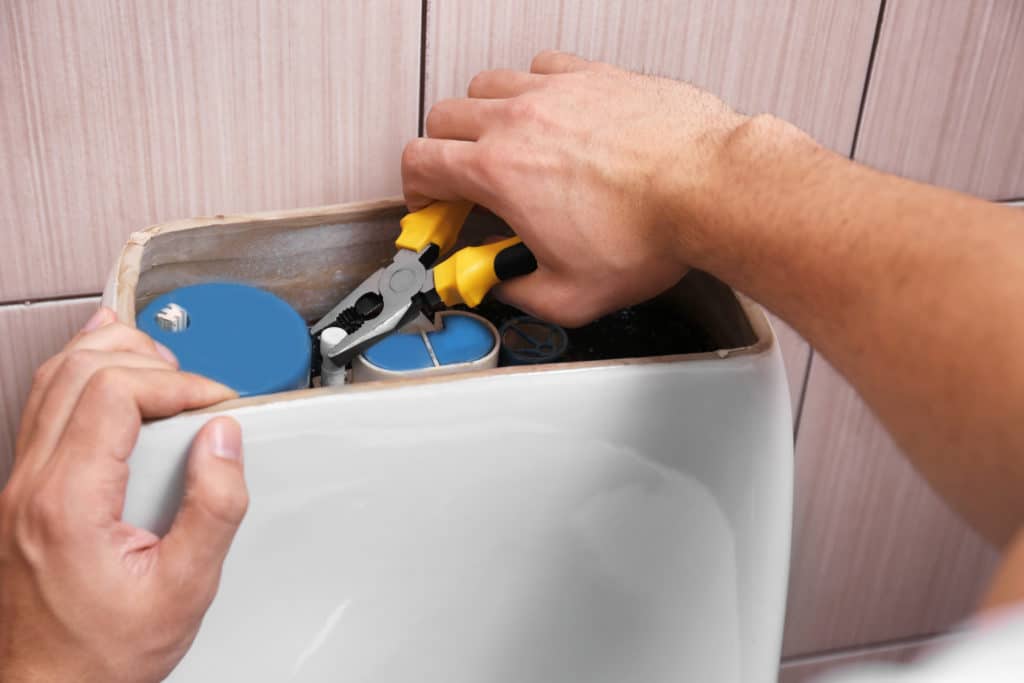Being eco-friendly is becoming a conscious effort for many people and industries. In the plumbing space, we can help you “go green” in a few ways. Efficient use of gas or electricity to heat water up. The rapid repair or preventative maintenance of leaks and pipe breaks. And last but not least, the focus of our post today, efficient use of water. One of the most important fixtures in your home for water use is the toilet. If you’ve looked to update your toilet recently you may have noticed differences in GPF’s. Today will help you understand what GPF is, your options, and what kind of toilet is a good fit for you. 1.28GPF vs 1.6GPF: What is more efficient? GPF stands for ‘Gallons per Flush’. 1.28 of course is less than 1.6, but there’s more to the story.
A 1.28 gallon flush is considered a low volume of water. The 1.28 low flush toilets were made to save on water. This might be true sometimes, but a good portion of the time these toilets will require 2 flushes to get toilet paper and human waste debris to fully clear the trap that connects to the toilet flange. If a family is experiencing multiple flushes to clear the waste then that low flush toilet should be replaced with a 1.6 gallon flush toilet (GPF) for proper flow of toilet paper and debris. Then in fact, a 1.6GPF toilet would be more efficient.
NOTE: For people whose primary objective is a water efficient toilet, a 1.28 GPF toilet is the best option.
How much water did toilets use in the past? Before the 80’s, toilets used to use 5-7 gallons of water per flush. Then in the 80’s to early 90’s, 3.5 gallons per flush. [per https://home-water-works.org/indoor-use/toilets]. Yes, you read that correctly, and looking at it that way either GPF option these days is a major improvement. More than the GPF’s, a primary source of water waste can be from a leak. If your toilet is leaking-It can waste-get ready for another remarkable statistic-200 gallons per day! So if you suspect you have a leak, ensure you get that checked out and fixed as soon as possible.
Additional toilet options for eco-friendliness.
Compost/No Septic: Composting toilets use bacteria to break down waste.
Incinerator: Incinerator toilets use high temperatures to leave only a little bit of bacteria-free ash. These toilets when done properly can have little to no smell, and use virtually no water. Who to call and what to do. Need help with the selection and installation of a new toilet?
Call us at (513) 342-0323 or fill out our short form.

